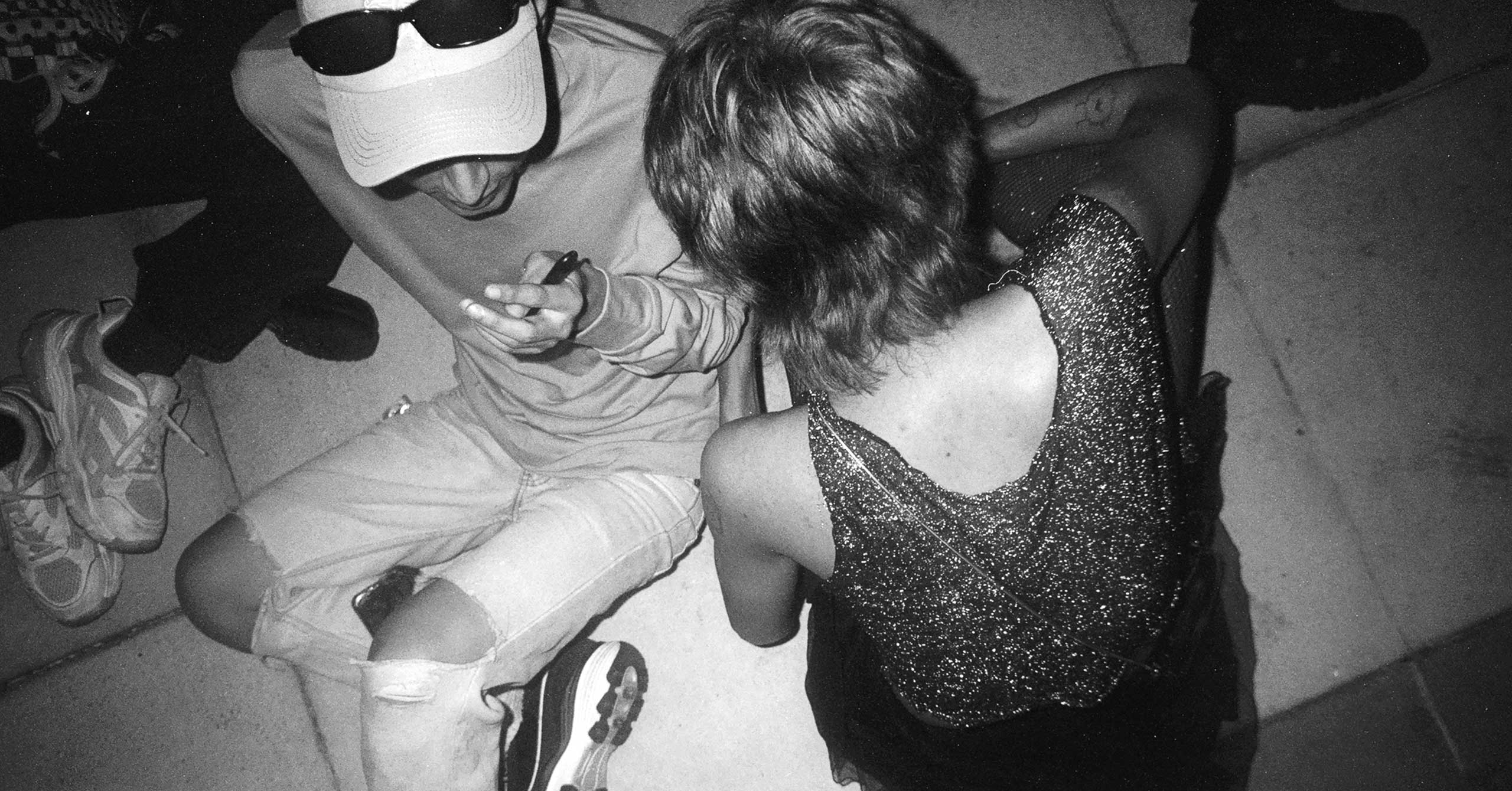Photo by Gio Dionisio
Photo by Sofia Hurtado
In the last few years, the Philippines’ urban capital has been thrumming back to life. The city’s bars and clubs have not only regained their footing after the pandemic, they’re also introducing fresh concepts to entice both longtime partygoers and those looking for something new this year.
At the forefront of these experimentations are contemporary artists going beyond isolated practice by using these events and venues as an extension of their craft. It’s an exciting scene to be part of, as urban sociologists have studied over time that the nightlife scene births innovations in music, performance, and the arts. These artists are pushing the boundaries of the Filipino contemporary art scene, showing that great art can be found even outside of white gallery walls or heavily adorned theaters.
Kaput
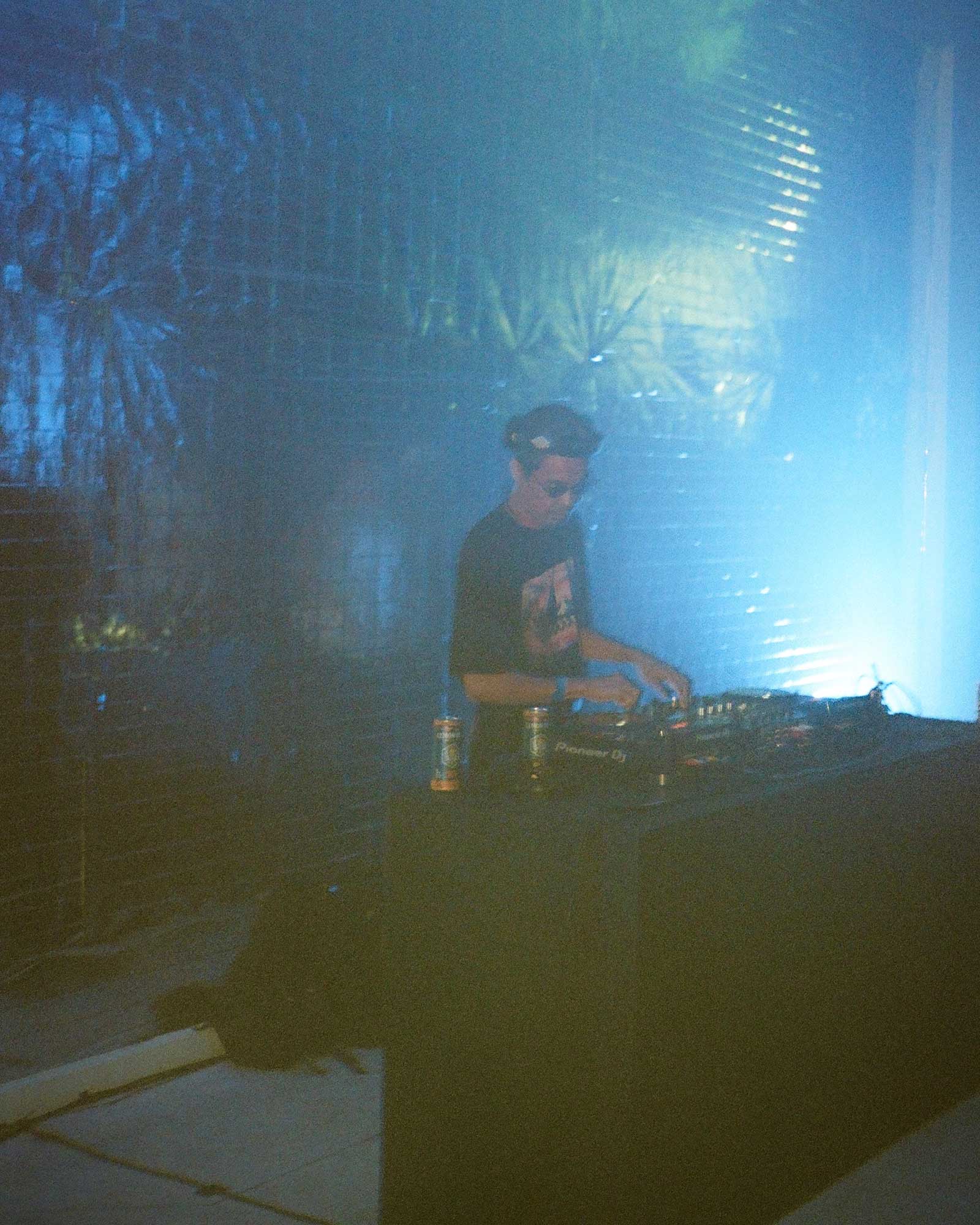
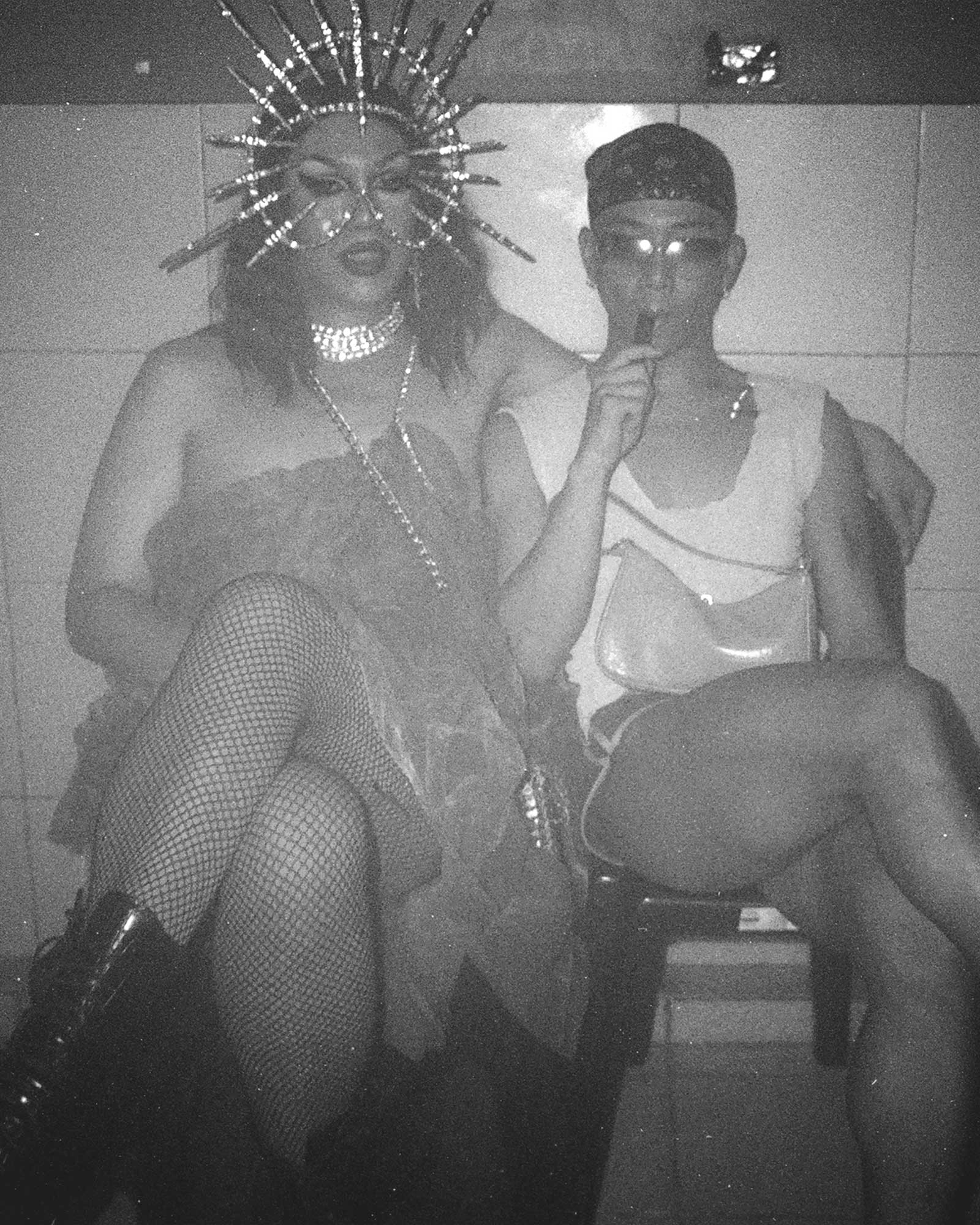
Perhaps one of the most significant raves in Manila post-lockdown now is Kaput, which has been described as a unique art and rave collective. Founded by transdisciplinary artist Derek Tumala, Kaput was born out of a yearning to put the arts at the forefront of the underground dance culture rather than as its accessories.
At first glance, Kaput may seem like an anomaly in Tumala’s portfolio: he’s primarily worked with emerging technologies for institutions like the Manila Observatory to contemplate the climate crisis. Nonetheless, he insists that Kaput is still integral to his overall vision of constructing utopias.
“I’m also doing a lot of other things like working with scientific institutions, art institutions—that’s all part of it for me. The rave is, for me, part of envisioning a world where it’s possible to be happy in this time,” he says. “I think that’s a very important part of life to have fun because pleasure is a huge part of humanity—of being human.”
Kaput has had four installations so far since its first run in 2022 and is only set to keep innovating for 2024. Each run always offers a twist—with one rendition being held in UP Vargas Museum and another showcasing cinema screenings—and Tumala nonetheless plans to further reinvent the next installations by collaborating with other rave groups. So far, the underground rave has featured DJs such as Manila Animal (Kiko Escora), Badkiss (Christina Bartges), Hideki, and Tarsius. Of course, each rendition has also showcased installations from artists including Tumala himself, James Clar, Micaela Benedicto, and Jao San Pedro.
Though Tumala does not pay much attention to the number of attendees, he is nonetheless happy that Kaput is attracting more like-minded people per event, contributing to the overall solidarity and sense of community that’s sought after in raves.
“I think I’m very careful about people attending also. They don’t want to be exposed or be too seen. [We do this] not because we want to be seen at a party or be cool. It’s really more about the enjoyment of it,” he adds. “That’s where the art installations come in. It’s not an afterthought. It’s actually the front and center of the rave for me. This is very important to give context to what we’re doing. It’s an imagining of a better world and maybe how we can actually see beauty in it.”
Kaput’s next event, “Corpcore,” will be held on Jan 27.
1F Projects
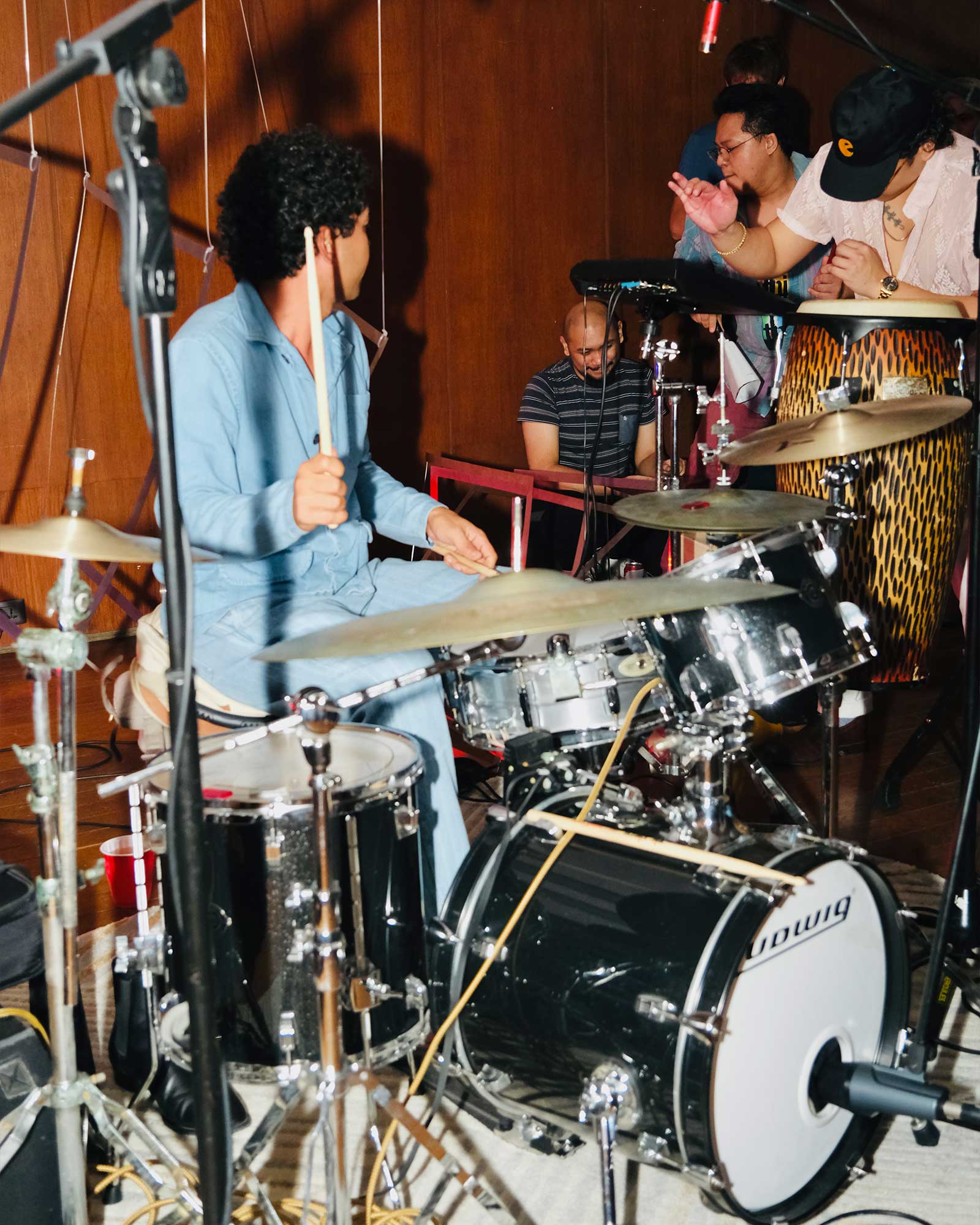
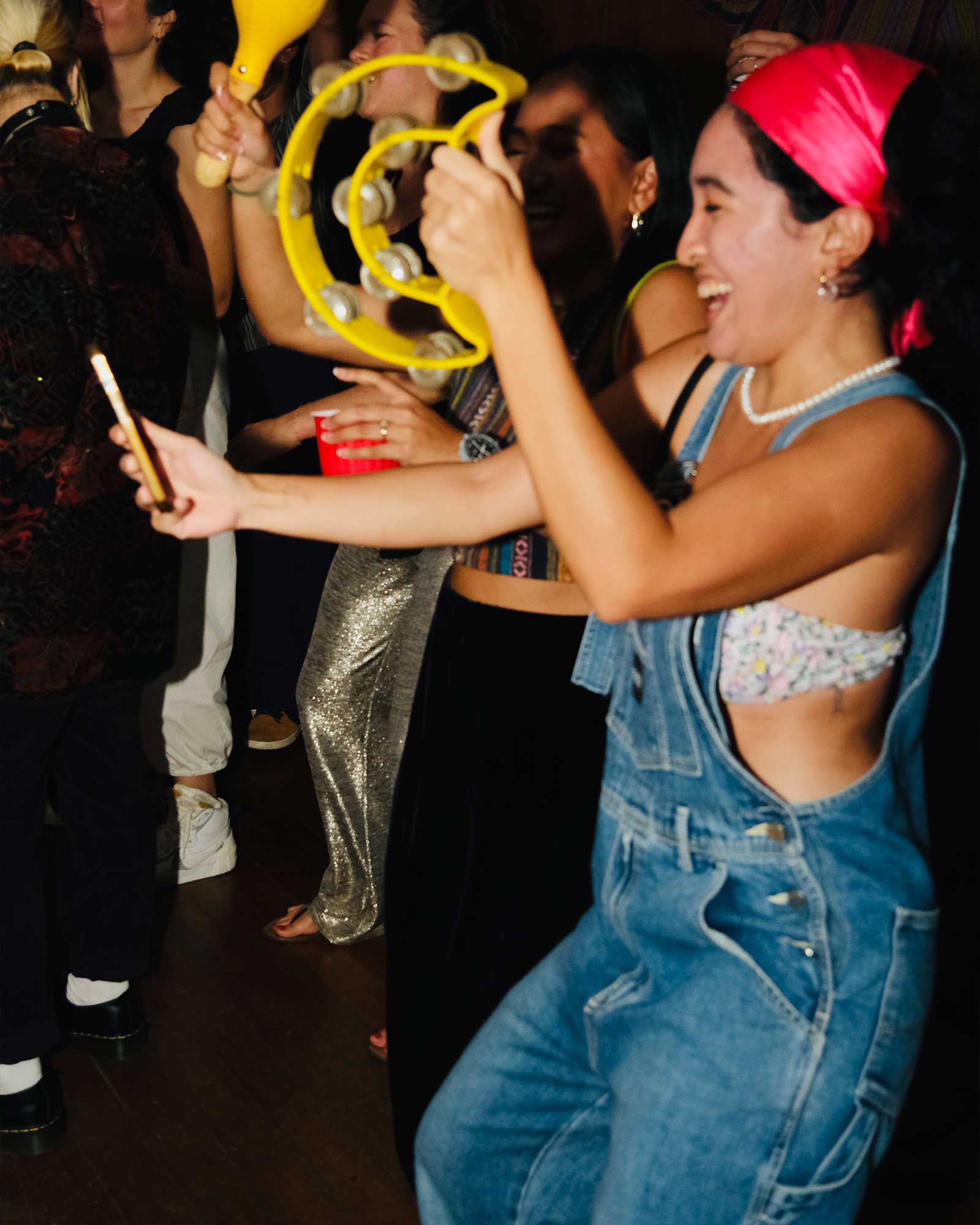
There is usually a clear line between the artist and the audience in the performance arts, with a stage typically separating the two. In 1F Projects, an up-and-coming performance space, these divisions are blurred, allowing the audience to sing and dance along with the performers.
Found on the second floor of La Fuerza Plaza, Makati, 1F is run by artists Micaela Benedicto, Mario Consunji, and Michael Benedicto. Its current setup is heavily influenced by the artistic backgrounds of the three founders. Besides being an artist and musician, Micaela is an architect primarily interested in exploring the intersection of “truth and individual imagination” through geometric forms. Michael and Consunji are electronic musicians; the former releases synthpop tracks under the name Strange Device, and the latter works with Micaela in releasing music as Polyphonic Vision.
“I think it’s sort of our creative expression as well as artists, even if we’re not the people being featured there all the time,” Micaela says. “I find the job more as an extension of our work as artists than us making events. It’s also for us to think about the experience and what other people will experience.”
The space—which happens to be next door to Benedicto’s new art/architecture studio—used to be a music studio, a fact that gave the three collaborators the idea of turning it into an experimental music, art, and performance venue. So far, they’ve hosted the likes of Fifth Wall Fest, the Hernandez Brothers, Sewage Worker, and a mini book fair. As for where the trio sees 1F evolving into, the trio hopes to host more types of performances like musicals. Though future performances will not all be experimental, the team insists that each gig will nonetheless have some sort of twist to it. Micaela sees 1F as a space where ideas are incubated more so than where performances are held—thus becoming less defined by its physical parameters.
“It’s also sort of a contribution to the nightlife—to just have something else for people to do at night from the options they already have,” says Micaela.
Club Kino
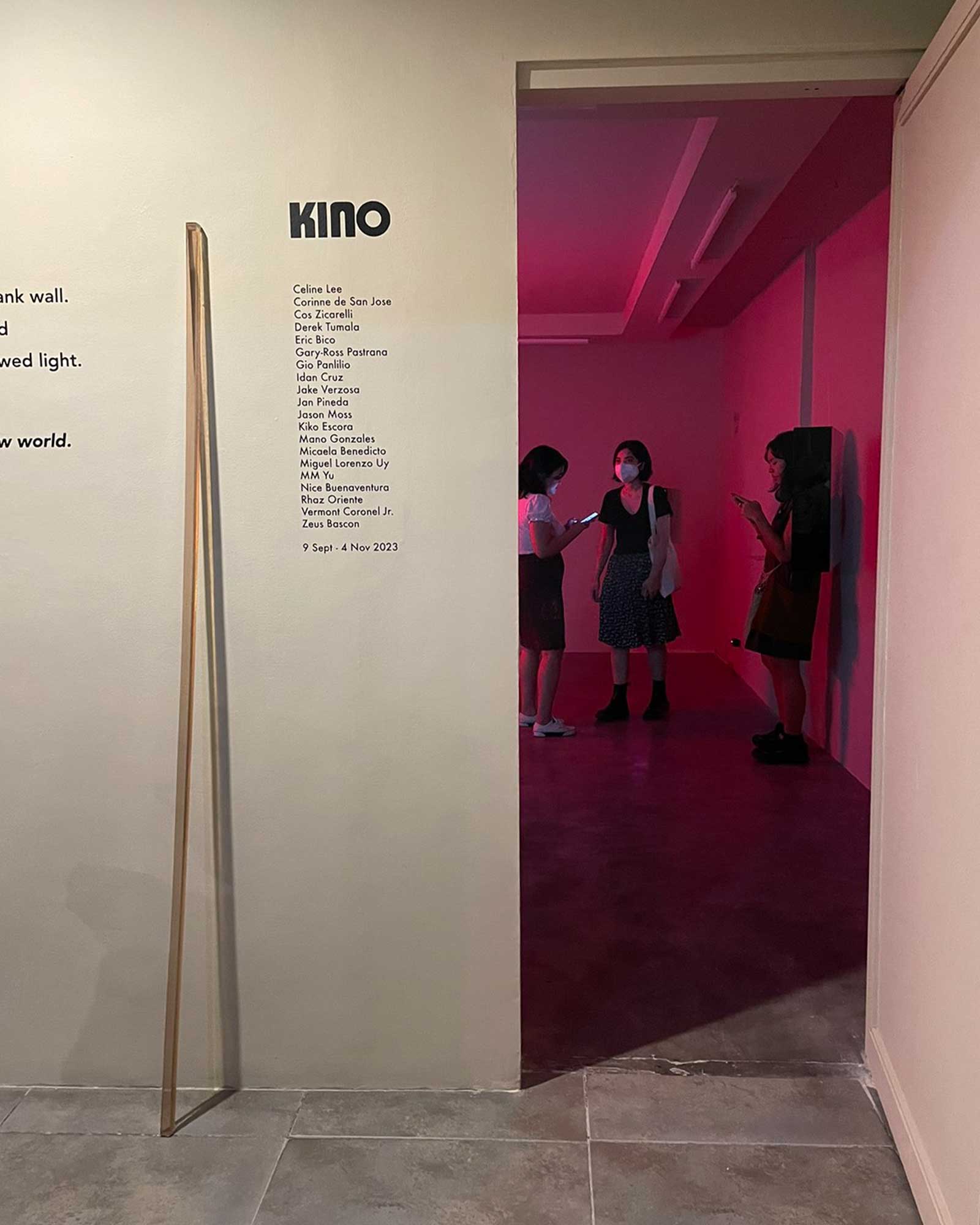
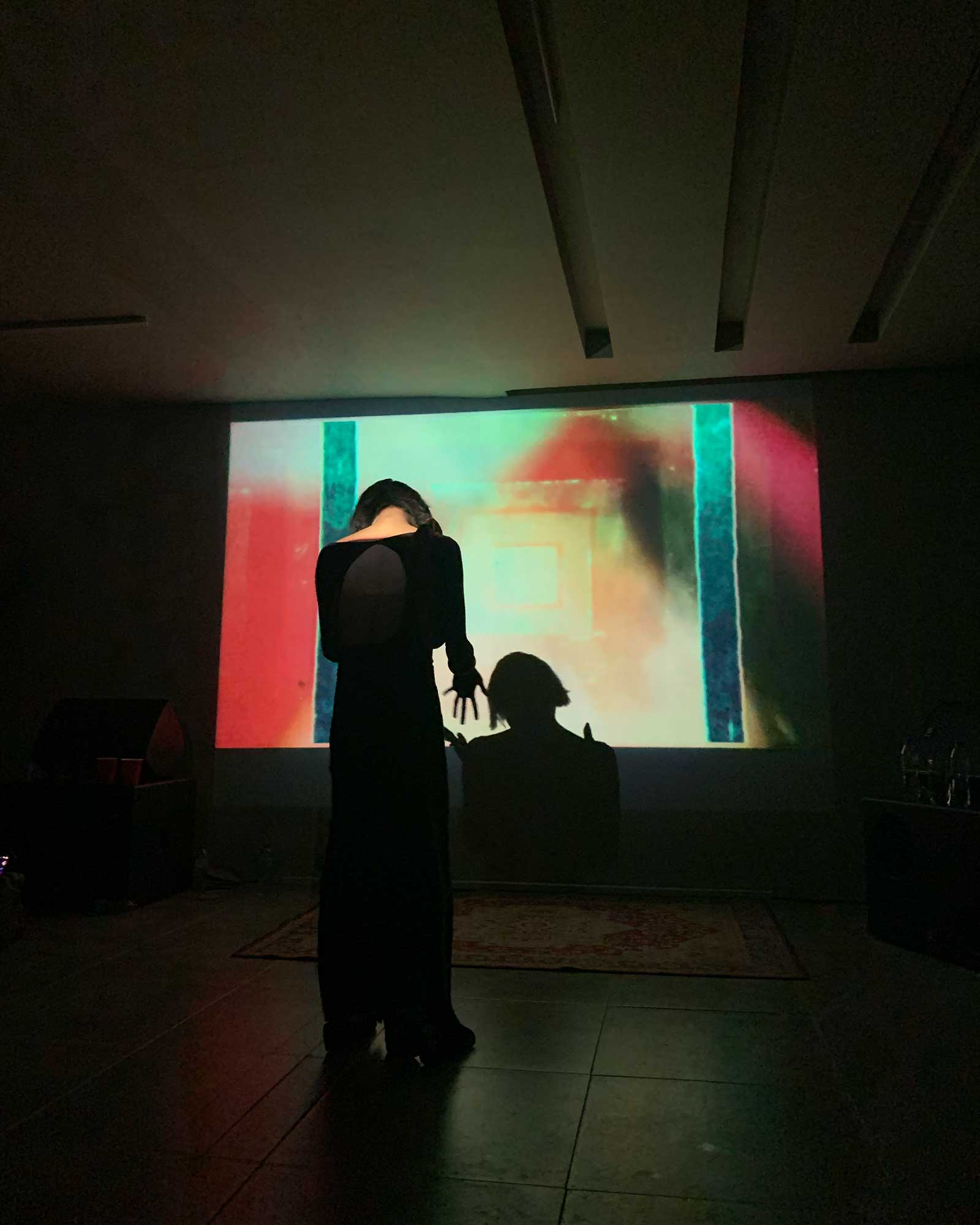
Nightlife is usually associated with thumping music and strobing lights, almost every aspect designed to stimulate the senses all at once. In Club Kino, guests are encouraged to go at a more considered pace—savoring every DJ set and sip of a cocktail while reclining on a bean bag, without necessarily getting trashed and forgetting all about it the next morning.
Situated next to 1F Projects, Club Kino is a space managed by Derek Tumala and sound and visual artist Fred Sandoval (Auspicious Family) dedicated to “art, cinema, music, and drinks.” The main room contains the bar and gallery area, while cinema screenings are held in the projection room. Sandoval hopes that Kino follows suit in creating the kind of experiences he had in Limbo PH, which he considered an excellent gallery bar in Poblacion where unique minds congregated for dynamic conversations.
“[The people behind Limbo] worked within their means and had a really eclectic variety of acts. The way in which they treated the space was like their living room,” Sandoval recalls. “You would always go home with amazing memories of all the discussions you had with all the weirdos who were in there.”
They’ve so far shown The 10th Victim (dir. Elio Petri, 1965), Dog Days (dir. Timmy Harn, 2018), and a video performance from Joshua Serafin called VOID. Besides movies and performances, the projection room is also where DJs play alongside experimental video art screenings. It’s where visitors can sit down on a sofa to chat with whoever is beside them while music plays, as if they were simply invited to a close friend’s loft party.
Sandoval notes that Kino is not necessarily a breakaway from the current nightlife scene, but rather the concluding palate-cleanser for those coming from livelier events. He hopes to further hone the space’s atmosphere of intimacy and warmth as it continues to grow. Just as he was influenced by his experiences in Limbo, he also hopes that people who visit Kino leave it in a state of awe.
“I like to tell the DJs to treat this like it’s your living room. Don’t be too conscious about who walks in, but make them feel welcome in the way you would as if it were your house,” he says. “[It’s important] they have that cinematic experience. They have those wonderful conversations. They come out inspired. And it doesn’t even have to come back to the space. It just has to go into them, wherever they bring it.”
